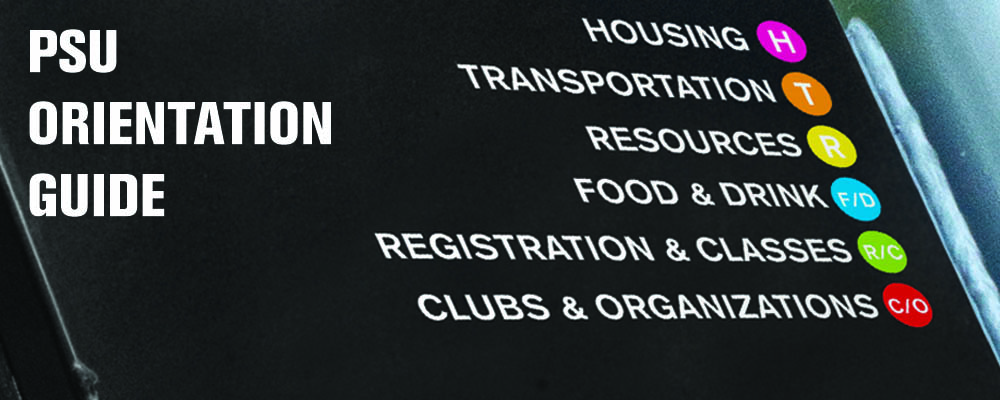Add up your monthly food bill. If you eat out, you are probably spending between $6 and $15 a meal, three times a day. This is a huge expense, and with minimal work you can cut it down immensely.
When I was younger I would joke that I didn’t even know how to cook toast, as my mom had always done all of my cooking for me. Then when I did move out on my own, my diet basically consisted of Top Ramen and mac and cheese from the Grocery Outlet. These foods did the trick on a budget, but they provided little nourishment.
Now, maybe as a matter of karma, I slave in a hot kitchen as a line cook. Here I have learned to cook, but I have also come to the conclusion that restaurant food is overpriced and rarely healthy. So if you will give me a few moments of your time, I will lay down a cheap and simple getting started guide to home cooking.
Equipment is your first step. Does your place have a stove and pots, pans, etc.? If not here is what you need, starting with the most important. A knife, a burner, a frying pan or pot (non-stick or cast iron), and silverware.
Next I’m going to say a rice cooker. Some will disagree, but there are a ton of things you can cook in a rice cooker and rice is a cheap and highly digestible carbohydrate. So take my advice on this one, or not.
Then you will need plates, bowls, glasses (you can probably steal pint glasses from bars you don’t like), a cutting board, a spatula and a ladle. Everything else is frivolous or for specific uses. Get the fun gadgets later.
Go to Goodwill to buy all this stuff, but not the one near campus because it is a fancy boutique Goodwill and it’s way overpriced. There are half a dozen normal Goodwills in Portland, and they usually have tons of cooking equipment at very good prices. Keep a look out for Portland’s famous free piles too—you might get lucky. Then try other thrift stores, and if all else fails go to a department store, but there you will find the worst quality equipment if you are buying on a budget.
Okay, now you are ready to buy some food. A big money-saver here is to buy bulk foods. You know, the section of the store with the big bins of dry food that you pay for by weight, and have to write the number on those little twisty ties. Among other things, you can buy grains, herbs, spices and sweets in bulk.
Learn to look at prices when you are shopping, and the figure on the bottom of the price tag that tells you how much you pay per weight.
Meat and other proteins can be expensive. A couple of eggs can be a good substitute. Breaking into the yolk of an over-easy egg and letting it ooze down onto the rest of your food, is an often overlooked pleasure in life.
When buying vegetables, buy what’s in season. Eating veggies that are a variety of colors provides vitamins that are beneficial to you. Deepak Chopra talks about eating the seven colors of the rainbow. I endorse this, and colorful food is also much more beautiful.
This is the next tip. How much you enjoy a meal can be initially determined by how it looks. Next time you go to a restaurant, look at how they separate and combine the food on the plate, and try to emulate this. Make it an art project and have fun.
Garnishing in odd numbers is more pleasing to the eye, and throwing some fresh brightly-colored herbs or tomatoes on top is a great way to make your dish colorful.
Now you should be set up to cook, so go cook! For some of you this may be the daunting part, but really it is not as hard as it looks. You just have to try, and learn along the way. I believe this is what separates those who can cook from those who cannot: whether you can simply give it a shot. Put oil in a pan, chop shit up and sprinkle it with herbs and spices.
It is really as simple as that. You can look up recipes on the Internet, but I recommend creating your own meals based on what you bought at the supermarket. Experiment. You will learn quickest this way.
Get good at some dishes and share with friends. Make some friends a $10 dinner, and they will probably bring over $20 worth of drinks. Or at least gratitude.






